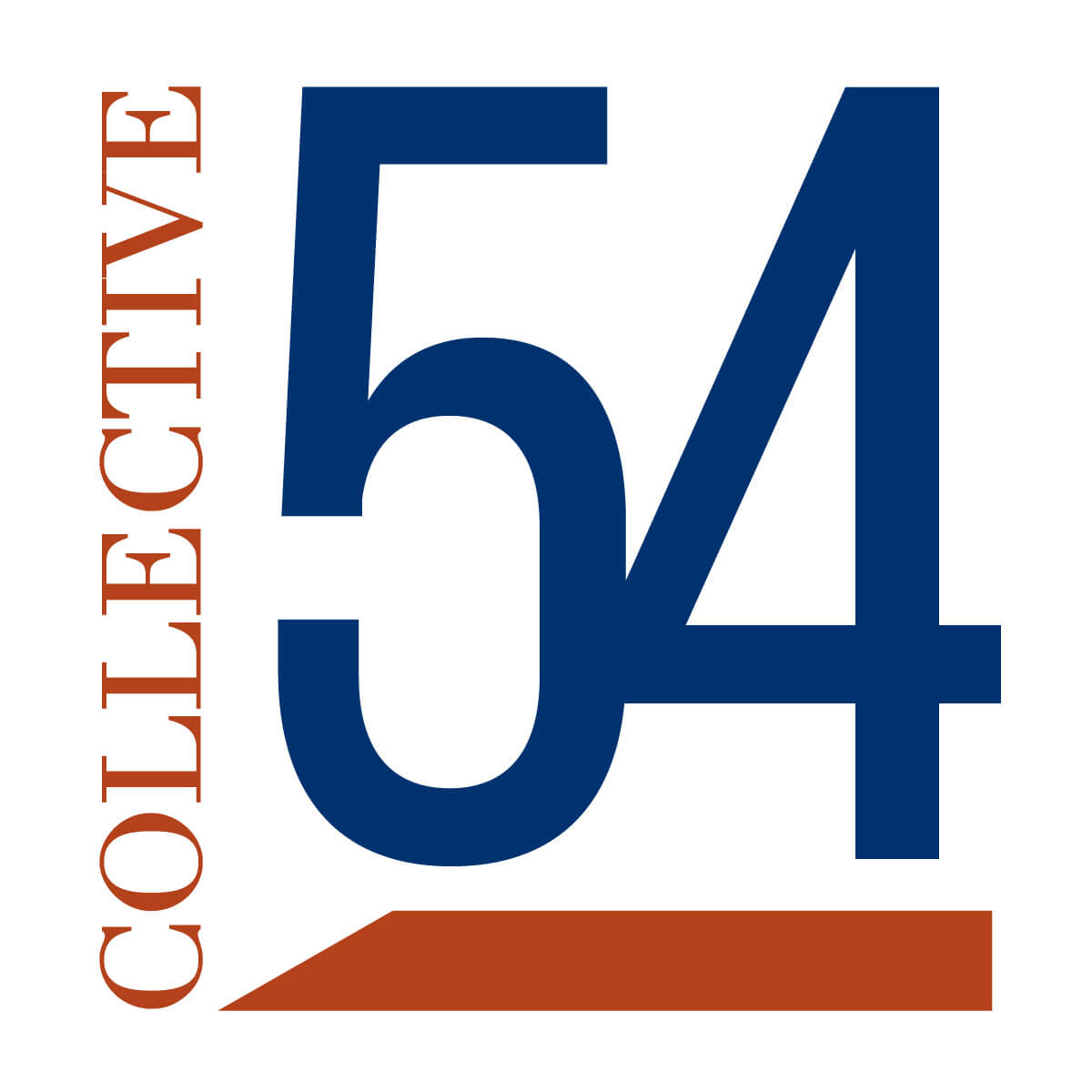From Consultant to Authority: Unleash Your Boutique Service Firm’s True Potential
In boutique professional services, there’s a crucial distinction that can significantly impact the growth and scalability of your firm. This distinction lies in the roles of being a “Consultant” and an “Authority.” Let’s delve into the definitions and implications of these terms, with examples from within the boutique professional service industry segment.


